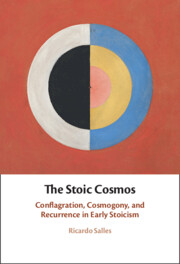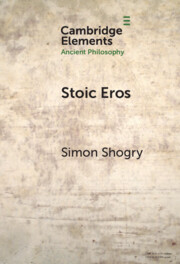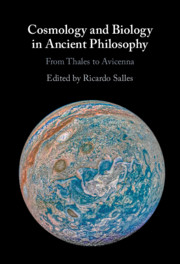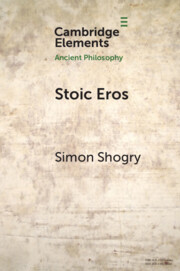The Stoic Cosmos
Stoic cosmology held that our cosmos is periodically destroyed and restored. In this, it is unique compared to earlier cosmologies. Ricardo Salles offers a detailed reconstruction of the philosophical ideas behind this thesis which explains its uniqueness and how it competes with earlier cosmologies. The reconstruction is based on a rigorous analysis of the evidence, made accessible to non-specialists who are familiar with the history of ancient philosophy but do not specialise in Stoicism. Furthermore, the book reveals how the Stoics combined their meteorology, their cosmology, their physics and their metaphysics to explain natural phenomena, thereby illustrating how different disciplines can interact in ancient philosophy. It also refers to central questions in the interpretation of Stoicism, such as the role of the Stoic god in cosmology.
- Offers a detailed account of why Stoic cosmology is unique compared to earlier cosmologies and how it competes with these in the explanation of the cosmos
- Demonstrates how ancient meteorology, cosmology, physics and metaphysics converge to explain natural phenomena
- Studies major differences between the three main early Stoic philosophers: Zeno, Cleanthes and Chrysippus
Product details
July 2025Hardback
9781009422796
318 pages
229 × 152 mm
Not yet published - available from
Table of Contents
- Introduction
- 1. Overview of the Stoic cosmos
- 2. The Conflagration
- 3. Presocratic antecedents of the Stoic conflagration
- 4. The Cosmogony
- 5. The metaphysics of everlasting recurrence
- 6. The recurring cosmos: Why identical?
- 7. The paradox of destruction and restoration
- 8. Concluding remarks.






